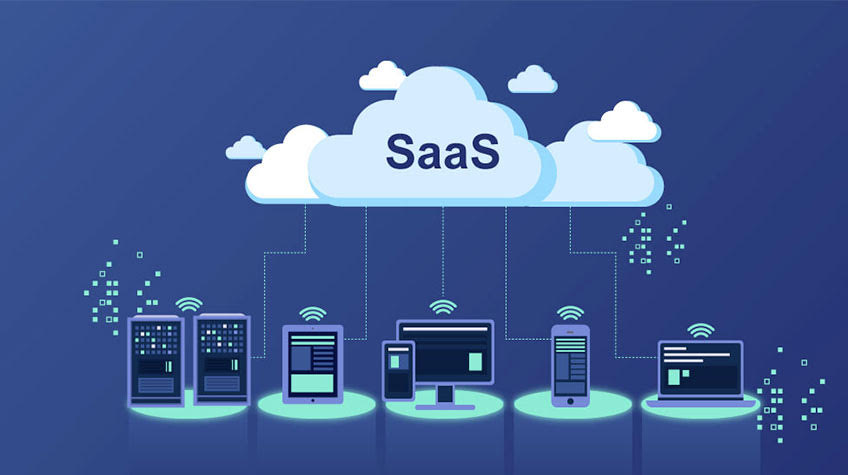The idea of the paperless office is one based in simplicity and efficiency. In today's digital world, less paper means greater productivity. But if getting rid of paper is supposed to make things easier, why is the paperless office so hard to realize?
While it's true that we live on a planet increasingly defined by smartphones and tablets, there is still a great amount of paper in circulation. Some companies are required by law to use channels like faxing in order to maintain the greatest level of security. Compared to email, the fax is an incredibly secure platform on which to share documents that carry a significant level of confidentiality. But in addition to rules and regulations keeping some form of paper in place, there is still an even bigger issue that can stand in the way of becoming purely digital: Stubbornness.
The rapid evolution of technology has created a stark divide between those who get it and those who don't. There are a great deal of people and companies out there that are stuck in their ways and unlikely to budge anytime soon. This is why all "paperless" offices have to put solutions in place that give workers improved functionality without breaking the law or excluding more traditional mediums. One of the best ways to do this is to implement online or cloud-based fax systems that enable smoother workflows in the office and paper-based communication with outside entities.
In the previous portion of this series, we discussed at-length the nature of problems like these. In this final segment, we'll talk about solutions that can be implemented in the interest of streamlining workflows and cutting paper out of the equation.
E-signatures will play an important role in the paperless office
Something that has long held back the move to pure digital documents is the ability to provide a signature. Even if everything else about the process is digitized, there still exists a step where printing must occur and paper must be signed and scanned before being transmitted electronically.
This is where e-signatures can make all the difference. According to CMSWire contributor David Roe, "E-signatures represent the last step in [the] process of moving from paper to digital in enterprises where the other content management pieces are in place." Being able to insert a signature into a document without printing and re-scanning can be a significant time-saver – not to mention a way to cut down on supply costs and protect natural resources.
But e-signatures alone are not going to do the job when a party outside of the office is insistent on using paper to share documents. Thankfully, modern fax solutions have this problem covered.
Cloud-based, online fax make sure to satisfy paper-based requirements
In a perfect world, everyone would be able – and willing – to sign and send everything electronically. But real life has shown us that this is not possible for the time being. There continues to be a significant digital divide between those moving forward and those hanging back, which is something that can cause frustration among both parties when they try to interact with one another. Something as relatively simple as faxing can be incredibly frustrating when one group views it as the end-all-be-all and another thinks of it as nothing short of archaic.
Thankfully, this is a problem that is easily addressed. Faxing does not have to mean the use of legacy hardware. So long as the right servers are still in play, the endpoints that engage in faxing are up to the preferences of the people using them. Cloud-based and online faxing allow for messages to be sent directly from computers and smartphones to actual fax machines anywhere in the world. This allows for employees in paperless offices to still be capable of sending and receiving paper-based messages without contributing to clutter. This kind of system should be the crown jewel of any paperless initiative.
Going paperless is a journey, not a destination
The best way to screw up any digital strategy is to think that there is something tangible being worked toward. Going paperless is certainly a process in and of itself, but failing to recognize its ongoing nature – not to mention the possibility of a long-winded transition – could ultimately result in problems down the road.
"Going paperless is not something that you do in a day; it is something that happens over time as paper use slows down and eventually disappears," wrote TMCnet contributor Mae Kowalke.
With this in mind, it is essential to consider every possible way in which paper consumption can be cut down – if not eliminated completely – and make it a priority to take action. It may take a while and be difficult to achieve, but going paperless will ultimately be a critical goal for all enterprises.
Enhance enterprise communication, collaboration and compliance efforts with a proven FoIP solution from FaxCore. Contact FaxCore today to learn more about their 'Partly-Cloudy' fax solutions.




